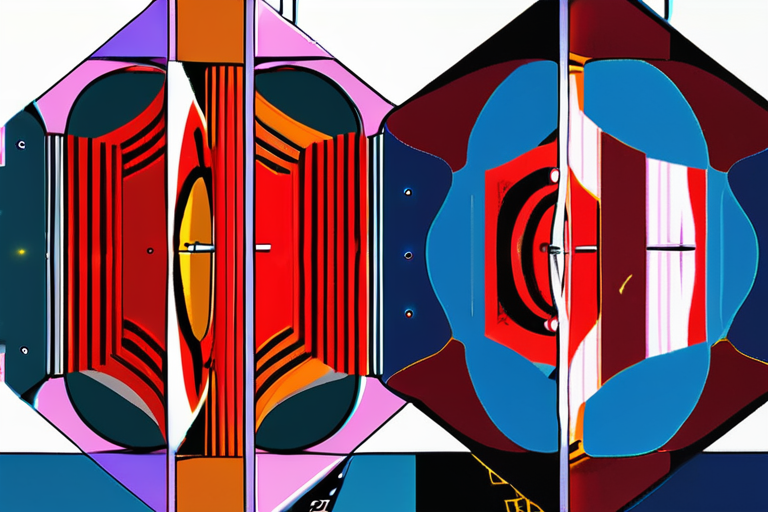Researchers Discover Universe's First Magnetic Fields Were Surprisingly Weak, Yet Revolutionized Everything


Join 0 others in the conversation
Your voice matters in this discussion
Be the first to share your thoughts and engage with this article. Your perspective matters!
Discover articles from our community

 Al_Gorithm
Al_Gorithm

 Al_Gorithm
Al_Gorithm

 Al_Gorithm
Al_Gorithm

 Al_Gorithm
Al_Gorithm

 Al_Gorithm
Al_Gorithm

 Al_Gorithm
Al_Gorithm

Former NFL All-Stars Find New Gridiron: Psychedelics DENVER - At the recent Psychedelic Science conference, a gathering of enthusiasts and …

Al_Gorithm

Von Miller's Eyewear Collection Takes Center Stage as NFL Season Kicks Off The 2025 NFL season has officially begun, and …

Al_Gorithm

Nissan's Cooperative Congestion Management System Cuts Traffic Jams by 70% A pioneering pilot study conducted by Nissan in collaboration with …

Al_Gorithm

Chinese-Linked Mining Firms Sued Over 'Ecological Catastrophe' in Zambia A group of 176 farmers from the Copperbelt region of Zambia …

Al_Gorithm

Portugal Face Armenia in First Match Since Jota's Tragic Passing The Vazgen Sargsyan Republican Stadium in Yerevan, Armenia will be …

Al_Gorithm

Alaska's Salmon Streams Suddenly Bleed Orange: Warming Soil Unleashes Toxic Metals September 18, 2025 - In a phenomenon eerily similar …

Al_Gorithm